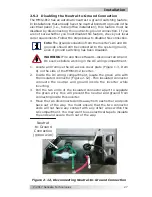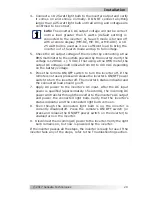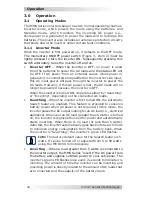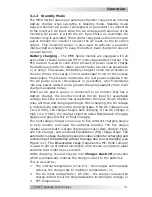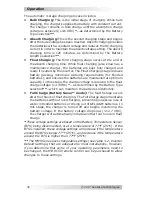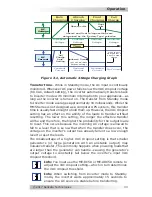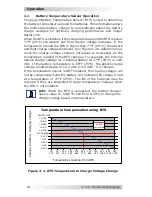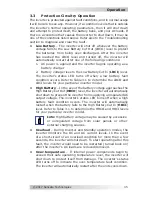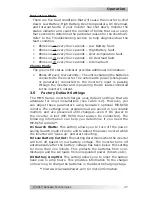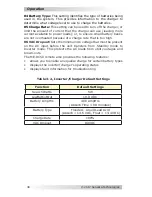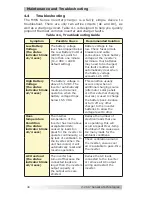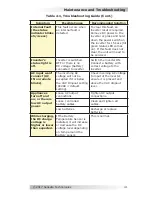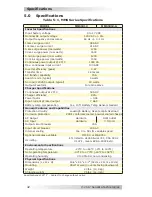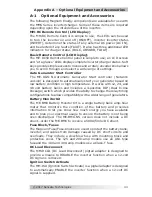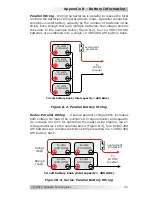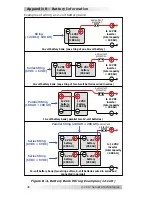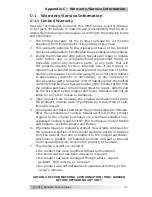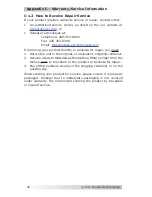
© 2017 Sensata Technologies
40
4.4 Troubleshooting
The MMS Series inverter/charger is a fairly simple device to
troubleshoot. There are only two active circuits (AC and DC), as
well as a charging circuit. Table 4-1 is designed to help you quickly
pinpoint the most common inverter and charger faults.
Table 4-1, Troubleshooting Guide
Symptom
Possible Cause
Recommended Solution
Low Battery
Voltage
(the status
indicator blinks
x1/4 secs)
The battery voltage
level has dropped below
the Low Battery Cut Out
(LBCO) set-point for
more than one minute
(10.0 VDC = LBCO
default setting).
Battery voltage is too
low. Check fuses/circuit-
breakers and cable
connections. Check battery
voltage at the inverter’s
terminals. Your batteries
may need to be charged,
this fault condition will
automatically clear when
the battery voltage
exceeds 12.5 VDC.
High Battery
Voltage
(the status
indicator blinks
x2/4 secs)
The battery voltage is
above 15.5 VDC. The
inverter automatically
resets and resumes
operation when the
battery voltage drops
below 15.5 VDC.
This condition usually
occurs only when an
additional charging source
(alternator, solar panels
or other external charging
sources) is used to charge
the battery bank. Reduce
or turn off any other
charger to the inverter
batteries to allow the
voltage level to drop.
Over-
temperature
Condition
(the status
indicator blinks
x3/4 secs)
The internal
temperature of the
inverter has risen above
acceptable limits;
caused by loads too
great for the inverter to
operate continuously, or
by lack of ventilation to
the inverter. When the
unit has cooled, it will
automatically reset and
resume operation.
Reduce the number of
electrical loads that you
are operating, this will
avoid a repeat Over-temp
shutdown if the cause was
too many loads for the
ambient conditions.
Check ventilation around
the inverter, ensure cool
air is available to pass-thru
the inverter.
AC Overload
(the status
indicator blinks
x4/4 secs)
The inverter has
turned off because the
connected loads are
larger than the inverters
output capacity or
the output wires are
shorted.
Reduce the AC loads
connected to the inverter
or remove all AC output
wiring and restart the
inverter.
Maintenance and Troubleshooting


